Every morning goes smoothly until, one morning, your car fails an emission test at its scheduled inspection and incurs potential fines and repairs to meet environmental standards. A car scanner with emission testing capabilities could save the day by monitoring emissions levels in real-time and taking corrective actions before it's too late.
With increasing environmental regulations and an emphasis on pollution reduction, maintaining your vehicle's emission standards is of the utmost importance. we'll look into how car scanners with emission test features operate, their benefits, and how you can utilize them to ensure your car stays compliant with environmental regulations.
Understanding Car Scanners and Emission Tests

A car scanner, or an OBD-II scanner, is a diagnostic tool used to connect to your vehicle's onboard diagnostics system, read and clear diagnostic trouble codes (DTCs), monitor various vehicle systems, and conduct emission tests - helping ensure they comply with legal emissions requirements.
These scanners come in OBD-II and OBD forms. The latter type allows users to check the emissions levels of their vehicle so that emissions standards are met, and legal emissions standards set by legislation are met.
Emission tests are an essential way to protect the environment by limiting emissions of harmful pollutants like carbon monoxide (CO), hydrocarbons (HC), and nitrogen oxides (NOx). Regular emissions testing benefits the planet and ensures your vehicle runs more efficiently.
How Car Scanners Perform Emission Tests
Car scanners conduct emissions tests by communicating with a vehicle's Onboard Diagnostics Interface II system. Here's an in-depth breakdown of how this process works:
Connection:
- OBD-II Port: To connect, a scanner must connect to an OBD-II port located under the dashboard near the driver's seat in a vehicle. This port provides access to the vehicle's computer systems and sensors.
- Wireless Connectivity: Modern scanners feature Bluetooth or Wi-Fi connectivity, enabling them to seamlessly interact with smartphones, tablets and laptops for an improved user experience.
Data Retrieval:
- Data Retrieval and Sensor Monitoring: The scanner monitors several sensors related to a vehicle's emissions system, such as oxygen sensors, catalytic converters, and exhaust gas recirculation (EGR) valves.
- Diagnostic Trouble Codes (DTCs): They retrieve any stored DTCs which could indicate issues in your emission control system and help identify issues impacting vehicle emissions. These codes can provide valuable insight into what problems may exist that impede emissions outputs from your vehicle.
Emission Testing:
- Readiness Monitors: A scanner checks readiness monitors and indicators demonstrating whether specific emission control systems have been tested and are operating optimally. These include catalytic converters, oxygen sensors, and the evaporative emissions system.
- Live Data: Some scanners provide real-time streaming data about vehicle emissions levels, enabling users to monitor metrics like air-fuel ratio, fuel trim level, and exhaust gas temperature in real-time.
- Drive Cycle Tests: Some scanners offer comprehensive emission testing by performing drive cycle tests on vehicles, which involve driving them under certain conditions to verify all emissions control systems are operating as intended.
Combining Car Scanners With Other Diagnostic Functions
Car scanners are versatile tools that can be combined with other diagnostic functions to gain a comprehensive view of your vehicle's health. Here's how you can maximize the utility of your car scanner by pairing it with additional tools and features:
Mobile App Integration:
- Improved Data Visualization: Many car scanners have companion mobile apps offering enhanced data visualization, making interpreting emission levels and other diagnostic information easier. These apps may display graphs or charts to illustrate these findings more quickly and clearly.
- Comprehensive Reports: Mobile apps can generate comprehensive diagnostic reports that compile information from multiple tests, including emissions tests. These reports can then be saved or shared with a mechanic as needed.
- Telematics Systems: GPS and Driving Behavior: Integrate your car scanner with telematics systems to monitor driving behaviour and optimize routes for increased fuel efficiency. This integration also provides insight into how changes to driving habits could affect emissions levels.
- Remote Diagnostics: Some telematics systems enable remote diagnostics, enabling you to check your car's emission levels and other diagnostics even when not physically in it.
Additional Diagnostic Tools:
- Multimeters: Combine a multimeter with your car scanner to test electrical components such as your battery and alternator, identify issues that might affect emissions, and take appropriate measures to address them.
- Compression Testers: Conduct engine compression tests to identify internal engine issues that may impact emission levels. Compression testers help identify any cylinder issues which could contribute to increased emissions levels.
- Infrared Thermometers: Infrared thermometers monitor engine components, exhaust systems, and catalytic converters for abnormal temperatures that could indicate emissions issues.
- Professional Diagnostic Software: You should enlist professional diagnostic software for accurate testing results.
- Advanced Coding and Programming: Professional diagnostic software should be used for advanced coding and programming tasks. Such programs can recalibrate sensors, update software versions, and customize vehicle settings to ensure optimal performance and emission control.
Professional software provides more in-depth analyses than an ordinary scanner, which may help uncover issues that affect emissions more readily. Regular Maintenance and Inspections should also be conducted regularly to keep emissions levels in check.
Regular Maintenance and Inspections:
- Routine Checks: As part of your regular maintenance regimen, use a car scanner for emissions testing to perform periodic checks to ensure all emission control systems function as they should.
- Visual Inspections: Complement your car scanner data with regular visual inspections to look for signs of wear and tear, leaks or any other issues that might not generate diagnostic codes.
- Consult With A Mechanic: Always consult a professional mechanic when in doubt. Use data from your car scanner to have informed discussions about necessary repairs - this can save time and money on diagnostics.
Tips for Using Car Scanners for Emission Tests
Make the most out of your car scanner's emission test capabilities by following these tips:
- Regular Checks: Conduct regular emission tests, especially before official inspections, to make sure that your vehicle meets all the standards required by authorities.
- Acquaint Yourself With Diagnostic Trouble Codes: Be familiar with common emissions-related DTCs. Many scanners provide explanations and solutions for these codes.
- Monitor Readiness Monitors: Pay close attention to the readiness monitors on your scanner; these indicators display whether or not a vehicle's emission control systems are ready for testing.
As soon as your scanner detects an issue, address it promptly to prevent more severe and expensive fixes in the future.
Delaying repairs could create additional problems which require more extensive work in the form of costly fixes and further complications.
- Consult a Professional: For complex issues or if your scanner results could be more precise, seek professional assistance from a mechanic. With the data from your scanner in hand, engage them in an informed dialogue regarding necessary repairs.

Conclusion
Car scanners equipped with emission test capabilities are indispensable tools for maintaining your vehicle's health and performance and meeting environmental standards. By integrating this scanner technology with other diagnostic functions and tools, you can gain an in-depth knowledge of its overall condition.
Early problem identification and timely maintenance are guaranteed with this holistic approachwhich helps keep it running smoothly for longer!
Take control of emission testing and maintenance for maximum vehicle lifespan and improved performance!
FAQ
Why are emission tests important for cars?
Emission tests ensure your car meets environmental standards, reducing pollution and preventing costly repairs.
How often should I get an emission test?
Check your local regulations, but generally, it's recommended to perform an emission test annually or biennially.
What can cause a car to fail an emission test?
Common causes include faulty oxygen sensors, worn-out spark plugs, and issues with the catalytic converter.

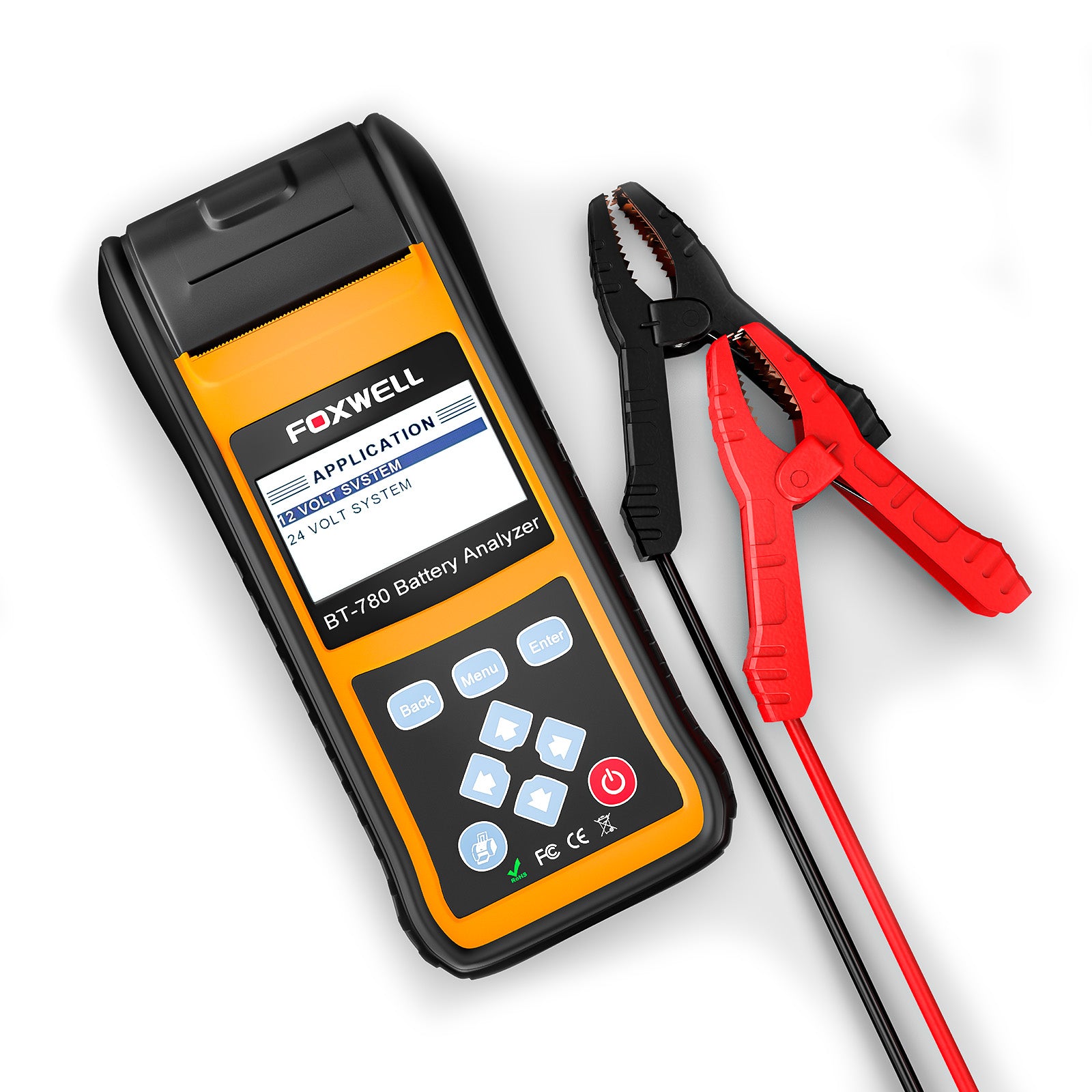
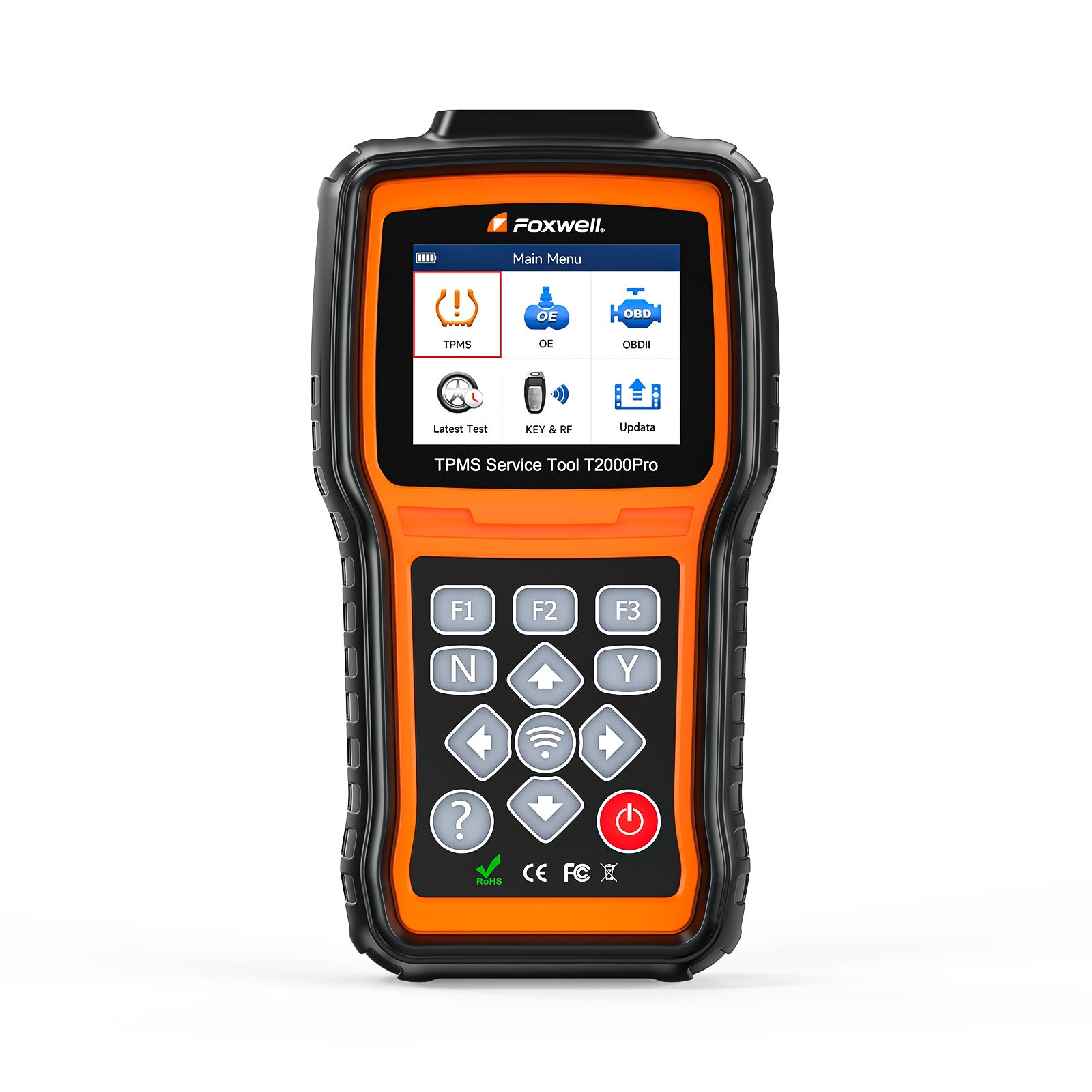
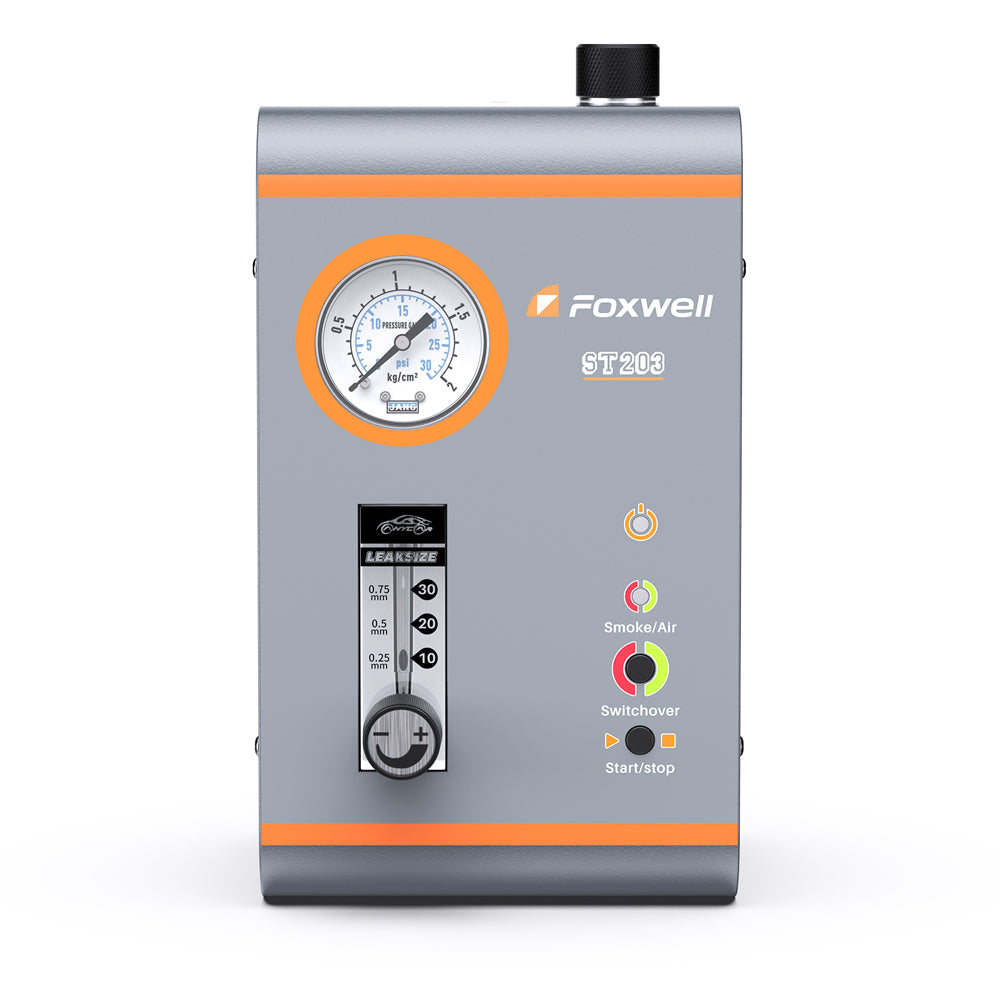
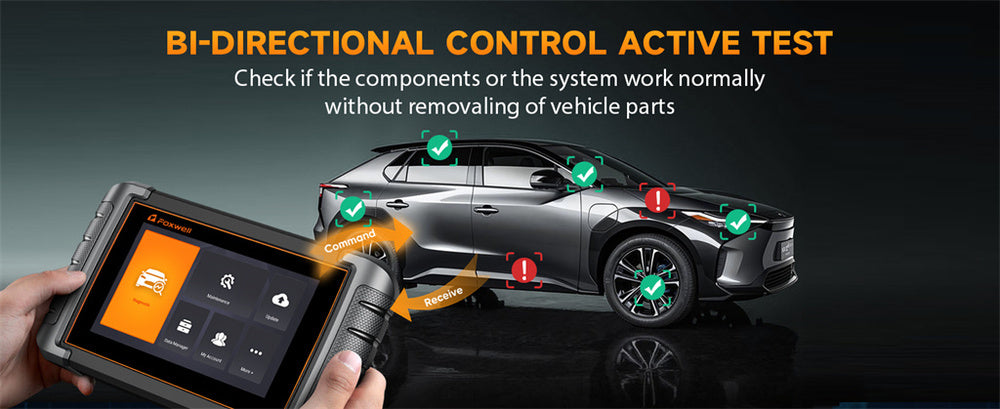
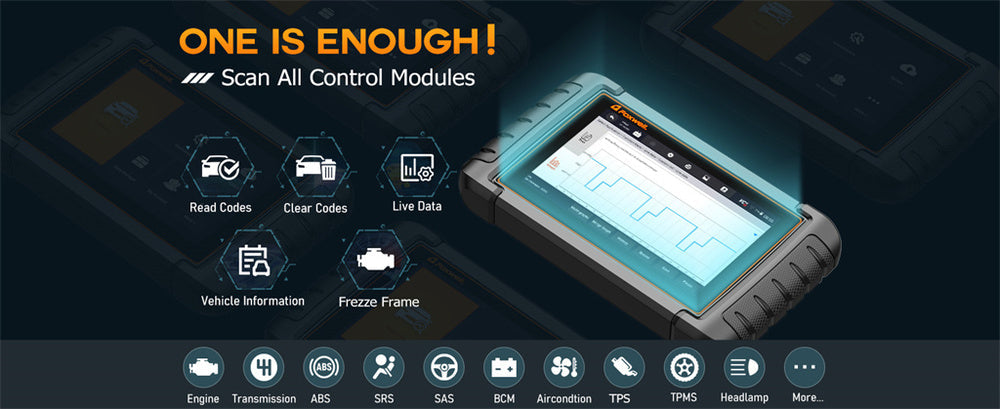

Leave a comment
This site is protected by hCaptcha and the hCaptcha Privacy Policy and Terms of Service apply.